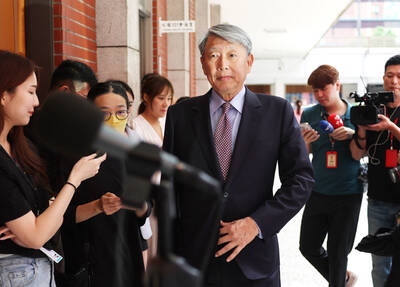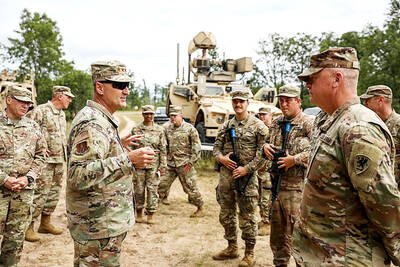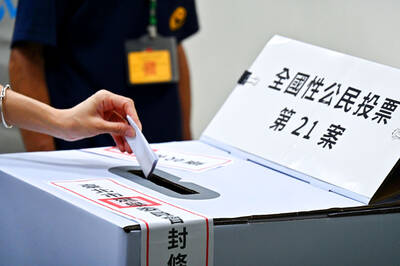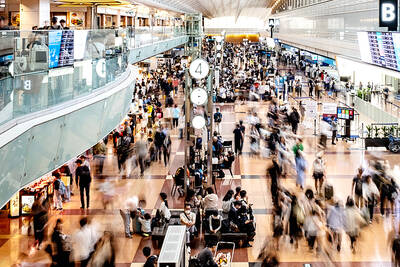In a minibus with European and American tourists, Ziad Abu Hassan explains why he leads tours to the occupied West Bank, riddled with tensions between Palestinians and Israeli settlers and soldiers.
“I want you to see the reality on the ground, the daily life for Palestinians,” he says. “And when you go home, tell others what you have seen.”
Feelings run high in the divided city of Hebron, where political and religious strife is part of daily life.
The photo-snapping visitors follow their guide through the narrow streets of the old quarter, which is covered by a wire mesh to catch bottles, bricks and rubbish hurled at Palestinians by hardline Jewish settlers who live above the shops.
Israeli soldiers with bulky M16 rifles run out of a building after an apparent search and block off the road for 15 minutes before allowing a few locals and the tourists to pass.
Even Hebron’s holy site, the Tomb of the Patriarchs, where Old Testament prophet Abraham and his son Isaac are thought to be buried, reflects the city’s deep divisions, with the compound split between a mosque and a synagogue.
The animosity in Hebron goes back to the 1929 killing of 67 Jews by Arabs. In 1994, a Jewish extremist gunned down 29 Muslims inside the mosque.
“I had some idea of the situation [of the Palestinians], but not to the extent of what I saw first hand,” says Bernard Basilio, a middle-aged Californian traveling with his elderly mother and other relatives. “I was appalled.”
The West Bank, which had welcomed around a million visitors in the first eight months of 2000, was plunged into violence with the outbreak of the intifada, or uprising, in September that year, causing tourists to flee.
The Palestinian tourism ministry, which tracks visitors by cities, says finally there are signs of a revival.
During the first three months of this year, Bethlehem, the top destination, reported 184,000 visitors — more than double the number in the same period last year. Hebron saw 5,310 visitors, compared with none the year before.
Much of Palestinian tourism is now on a mission, whether to boost political awareness or help protect the cultural heritage.
On the outskirts of the city of Nablus, Adel Yahya, an archeologist who heads the Palestinian Association for Cultural Exchange, leads a few Europeans to an excavated site smack in the middle of housing blocks.
The site, littered with plastic soda bottles and bags, is surrounded by a chain-link fence with no guard in sight. The gate is open for anyone to walk unhindered around what was once the Canaanite city of Shechem, dating from 1900BC-1550BC.
“Four thousand years old, that’s as old as the pyramids,” says Yahya, pointing to the ruins of an ancient temple and city gate.
Unlike Egypt’s treasures, historical and religious sites in the occupied West Bank have been neglected during the years of unrest. The tourism ministry says the Palestinian government has approved forming a unit to manage the sites which should be fully operational by the end of the year.
In contrast to the nearly 1 million people who visited the Jewish state in the first five months of this year — up 43 percent compared with the same period last year — busloads of tourists do not swarm to this corner of the Holy Land.
Palestinians say tourists are discouraged because of the Israeli-built separation barrier and the more than 500 roadblocks that restrict movement throughout the West Bank. Israel says they are needed for security.
Most tourists who visit the West Bank venture only as far as Bethlehem, sacred to Christians as the birthplace of Jesus Christ, a mere 10km south of Jerusalem. Yet even on this short trip, they must pass through an Israeli checkpoint and the 6m high grey concrete wall, which seals off the town.
“The wall has made Bethlehem into a big prison for its citizens,” says the city’s mayor, Victor Batarseh.
But he adds the situation for tourists has improved in recent years with quick passage through checkpoints, and the news that the city is peaceful and safe is being spread by Christian churches and travel agents.
Still, visiting the Palestinian territory is far from what many tourists would call a pleasure trip.
Guide Abu Hassan, 42, based at the Jerusalem Hotel in the city’s mostly Arab east, takes groups on an alternative “political tour” that includes stopping at a refugee camp and pointing out a sewage pipe that Palestinians walk through to pass under the Israeli barrier.
“We try to balance it,” says Yahya of PACE tours. “A little bit of history and a bit of politics, which is depressing in this part of the world, and then something of ordinary life like a stop at a nice restaurant.”
Over lunch in Nablus, where the souvenir shops outside the restaurant have closed down, he blames the Israelis for the downturn in tourism and the overall Palestinian economy since the 2000 intifada.
“If there was no occupation, there would be no intifada,” Yahya says.
Despite the difficulties involved in visiting the West Bank, Rori Basilio, 77, who is on her fourth trip to the Holy Land since the early 1980s, takes a devout pilgrim’s view of the situation in places like Hebron.
“If something requires a little struggle, it can be a more spiritual experience,” she says.

CHIPMAKING INVESTMENT: J.W. Kuo told legislators that Department of Investment Review approval would be needed were Washington to seek a TSMC board seat Minister of Economic Affairs J.W. Kuo (郭智輝) yesterday said he received information about a possible US government investment in Taiwan Semiconductor Manufacturing Co (TSMC, 台積電) and an assessment of the possible effect on the firm requires further discussion. If the US were to invest in TSMC, the plan would need to be reviewed by the Department of Investment Review, Kuo told reporters ahead of a hearing of the legislature’s Economics Committee. Kuo’s remarks came after US Secretary of Commerce Howard Lutnick on Tuesday said that the US government is looking into the federal government taking equity stakes in computer chip manufacturers that

NORTHERN STRIKE: Taiwanese military personnel have been training ‘in strategic and tactical battle operations’ in Michigan, a former US diplomat said More than 500 Taiwanese troops participated in this year’s Northern Strike military exercise held at Lake Michigan by the US, a Pentagon-run news outlet reported yesterday. The Michigan National Guard-sponsored drill involved 7,500 military personnel from 36 nations and territories around the world, the Stars and Stripes said. This year’s edition of Northern Strike, which concluded on Sunday, simulated a war in the Indo-Pacific region in a departure from its traditional European focus, it said. The change indicated a greater shift in the US armed forces’ attention to a potential conflict in Asia, it added. Citing a briefing by a Michigan National Guard senior

POWER PLANT POLL: The TPP said the number of ‘yes’ votes showed that the energy policy should be corrected, and the KMT said the result was a win for the people’s voice The government does not rule out advanced nuclear energy generation if it meets the government’s three prerequisites, President William Lai (賴清德) said last night after the number of votes in favor of restarting a nuclear power plant outnumbered the “no” votes in a referendum yesterday. The referendum failed to pass, despite getting more “yes” votes, as the Referendum Act (公民投票法) states that the vote would only pass if the votes in favor account for more than one-fourth of the total number of eligible voters and outnumber the opposing votes. Yesterday’s referendum question was: “Do you agree that the Ma-anshan Nuclear Power Plant

ENHANCED SECURITY: A Japanese report said that the MOU is about the sharing of information on foreign nationals entering Japan from Taiwan in the event of an emergency The Ministry of Foreign Affairs yesterday confirmed that Taiwan and Japan had signed an agreement to promote information exchanges and cooperation on border management, although it did not disclose more details on the pact. Ministry spokesman Hsiao Kuang-wei (蕭光偉) said the ministry is happy to see that the two nations continue to enhance cooperation on immigration control, in particular because Taiwan and Japan “share a deep friendship and frequent people-to-people exchanges.” “Last year, more than 7.32 million visits were made between the two countries, making it even more crucial for both sides to work closer on immigration and border control,” he said. Hsiao